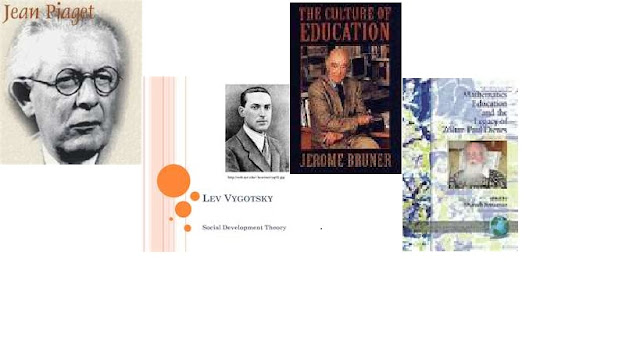Chapter 1 & 2
Mathematics surrounds us daily. In the market, you see hawkers sorting their fishes, weighing their vegetables, counting the numbers of apples, counting money. In the city, you see patterns, shapes from flats, pavements, roads, …… I can go on and on and it is a never ending list. And I believe it is important to create children’s awareness that their daily life function around many mathematics concepts. I, as early childhood educator, need to acknowledge that mathematics is not just about numbers, addition and subtraction but a vehicle to create intellectual competency in children’s development.
These are the few takings which I identified in chapter 1. Firstly, the five process standards. I notice that the five processes emphasize a lot on expressing and communicating mathematical ideas. I think this is one area which is lacking in our culture as well as in my teaching and the curriculum. Our curriculum focus seems only to deliver the concepts across, very structured. Another is on reflecting, understanding and interconnecting the mathematical ideas with the children. Most of the time, whenever a lesson is completed, children are expected to continue their learning in the learning corners. However, from my observations, activities at the mathematics learning corners are pretty much goals orientated, such as having counting work sheets or charts to fill up. It is not so much of extended learning by having opportunities for children to learn from each other through reflection or interconnecting their mathematics ideas. Hence, it is time for me to rethink on the activities at the learning corners and include more “open-ended” activities that enhance these opportunities.
Secondly, on the becoming of a teacher of mathematics, I think these are important practises that a responsible teacher should exercise. And that goes for me too.
As for chapter 2, I identified with Jean Piaget’s constructivism and Vygotsky‘s sociocultural theory. Children learn best through constructing their own knowledge and of course, learning from the social learning settings which allow learners to move their ideas into their own psychological realm. I am a believer in hands-on approach and peers learning. And of course, these implicate my teaching, whether in mathematics or others.
Next, after trying out the problems in the text, I realised that I began to think out of the box. I began to see beyond a simple problem. I began to understand interconnecting ideas, extending knowledge, how prior knowledge helps and how important it is to have fun with mathematics. I felt mathematics should not be viewed as “a problem” but “a challenge” for one to reflect and use that knowledge to acquire higher-level thinking. Hence, it is important that we impart this thinking to our children so that they can be the creator of their own knowledge.
Lastly, Piaget, Vygotsky, Bruner and Dienes, the four famous cognitive psychologists, have formed basis for constructivism theory that a child creates knowledge by acting on experience gained from the world and then finding meaning in it. Children recreate or reinvent mathematics as they interact with concrete materials, math symbols and story problems. Therefore, it is important that early childhood educators expose children to environments that maximize potential and opportunities for them to construct their own ideas.




No comments:
Post a Comment